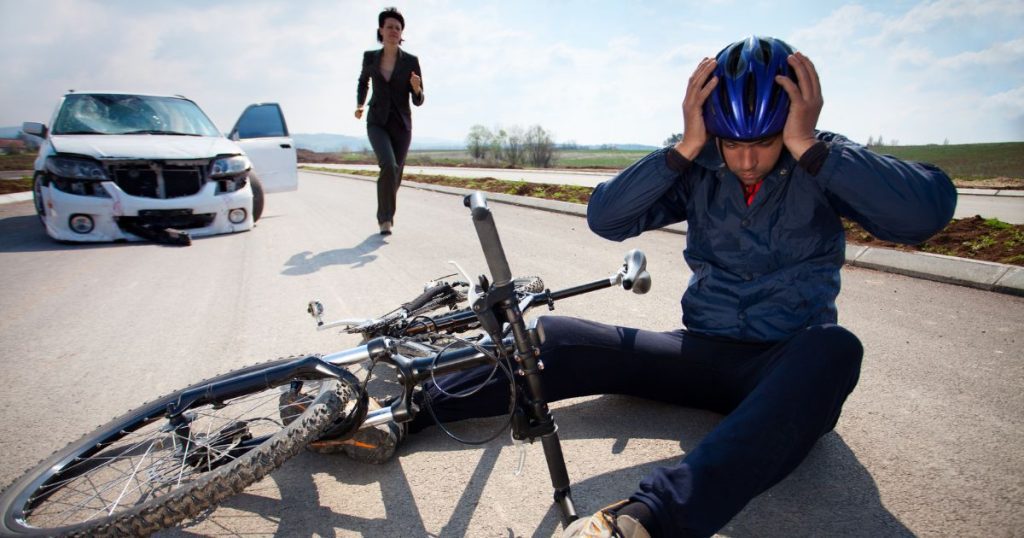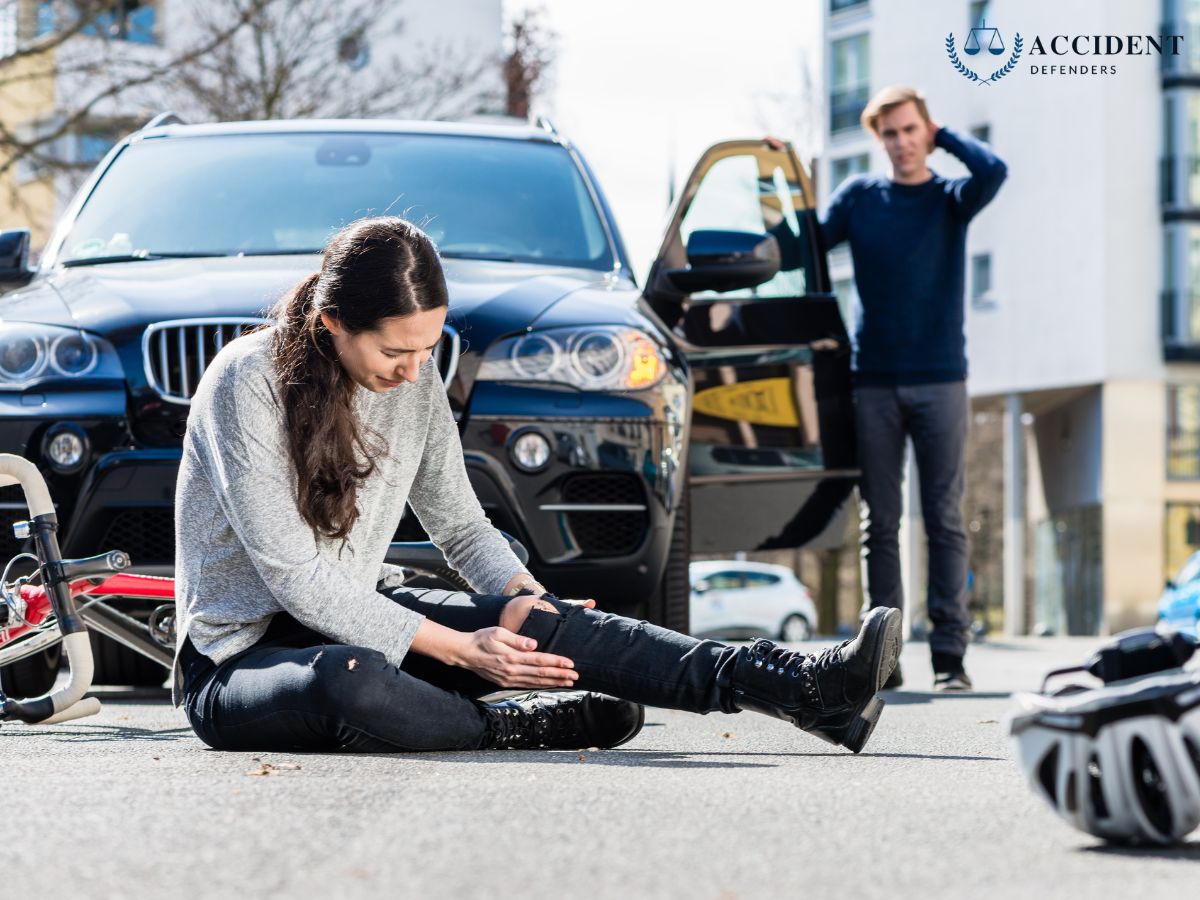Workplace accidents are a frequent occurrence in California, often leaving employees with debilitating injuries that can impact their ability to work and earn a living. Knee injuries, especially ligament tears and fractures, are among the most common types of workplace injuries. These injuries can result from heavy lifting, slips and falls, repetitive motions, or accidents involving machinery. Each type of knee injury comes with its own set of symptoms, recovery timelines, and legal considerations.
To secure the legal benefits you deserve, it’s crucial to understand the distinction between ligament injuries and fractures. Misunderstanding one for the other can delay proper medical care and weaken your claim for compensation. In contrast, a clear diagnosis and proper documentation can strengthen it. In this blog, we’ll explore these injuries, their difference, their effects, and how you can safeguard your rights and receive the compensation you’re entitled to.

What Are The Common Types Of Knee Injuries
Knee Fractures
Knee fractures occur when a bone in or near the knee joint breaks, often due to significant impact. Here’s an overview of different types of knee fractures and how they might occur in various industries.
1. Patellar Fracture (Broken Kneecap)
A patellar fracture occurs when the kneecap, the small bone at the front of the knee, breaks due to direct trauma. This type of injury is common in scenarios where someone falls hard onto their knee or when the knee is struck by a heavy object. For example, a delivery worker carrying a large package might trip over uneven pavement and land directly on their knee. This can result in sharp pain, swelling, and an inability to straighten the leg.
2. Femoral Condyle Fracture (Lower Thigh Bone Fracture)
It involves a break at the rounded end of the femur, which connects to the knee joint. This injury usually happens due to severe trauma, such as falling from a significant height or a direct blow to the thigh area. Injuries like this are more common in industries like electrical maintenance, where working at heights is routine and accidental falls are a major risk.
3. Tibial Plateau Fracture (Shinbone Fracture)
This type of fracture affects the upper part of the shinbone, where it meets the knee joint. It often results from high-impact injuries, such as being struck by heavy machinery. If a factory worker near a forklift or conveyor belt is hit in the leg by moving equipment, severe mobility issues can occur if not treated immediately.
Ligament Injuries
When the knee is suddenly twisted or bent, it can lead to sprains, tears, or ruptures of the ligaments. These injuries are among the common knee injury types that workers experience. Here’s a look at different types of ligament injuries and their causes in various workplaces.
1. ACL Tear (Anterior Cruciate Ligament)
An ACL tear occurs when the anterior cruciate ligament, which stabilizes the knee during movement, is overstretched or torn. This injury often happens during sudden stops, twisting motions, or changes in direction. For example, a retail worker might pivot quickly to catch a falling item from a high shelf, leading to an awkward twist of the knee and a potential ACL tear.
2. PCL Tear (Posterior Cruciate Ligament)
PCL tears are less common but occur when the posterior cruciate ligament is damaged due to forceful trauma to the front of the knee. If someone works in the transportation industry and spends long hours on the road, it is a high-risk field for them for such injuries. How? For instance, a truck driver might hit their knee against the dashboard during a sudden stop, resulting in a PCL tear.
3. MCL/LCL Injuries (Medial Or Lateral Collateral Ligaments)
The MCL and LCL are located on the inside and outside of the knee, respectively, and help control side-to-side movements. These injuries are often caused by lateral impacts, such as being hit by swinging objects or moving equipment. In the construction industry, a worker might sustain this type of injury if a loose beam or heavy cart strikes their knee.
Legal Grounds For Knee Injury Claims In California
You are eligible for compensation for knee ligament injuries and fractures if you meet the following conditions:
Temporary Disability (TD): In California, TD benefits typically cover about two-thirds of your average weekly wage. You might qualify for temporary disability benefits for a knee injury if you meet these conditions:
- You can’t do your regular job for at least 8 days.
- You’ve lost income because of your injury.
- You were working or finding a job when the injury happened.
- You earned at least $300 with State Disability Insurance (SDI) taken out of your paycheck.
Permanent Disability (PD): Here are the conditions for permanent disability:
- If your knee injury leads to permanent limitations caused by slips, car accidents, or equipment malfunction, you may be entitled to PD benefits. The amount depends on the severity of your disability and how it affects your ability to work.
- If you cannot return to your previous job due to the injury, you may receive (Supplemental Job Displacement)SJDB to help with retraining for a new role.
- The date you got injured is important for figuring out your benefits.
- Your primary doctor or a Qualified Medical Evaluator (QME) will assess your injury and determine your impairment level, which shows how your ability to work has been affected.
- The impairment level is given as a percentage. This percentage is combined with your age and your type of job in a specific formula to calculate the amount of PD benefits you are eligible for.
- A disability evaluator or judge will apply the formula to calculate the permanent disability (PD) benefits you’re entitled to receive.
How To File A Claim
Follow these steps to file a knee injury claim:
- Report your injury to your employer right away (within 30 days).
- Seek medical treatment – either from a doctor your employer recommends or your own doctor.
- Fill out and submit the DWC-1 form – this is the official workers’ compensation claim form that reports your injury to your employer and starts the claims process.
- Employer submits the claim to their workers’ compensation insurance.
- Wait for the insurance company’s decision (up to 90 days).
- If approved, start receiving temporary disability payments if you can’t work due to the injury.
- Keep track of all medical records related to your knee injury.
- If denied, consider getting legal advice from a workers’ compensation attorney.
Employer Retaliation And Legal Protection
California law protects workers from retaliation or discrimination for filing a workers’ compensation claim. Your employer cannot fire or penalize you for seeking benefits after an injury. If you experience retaliation, you can file a complaint with the California Division of Workers’ Compensation (DWC) or take legal action against your employer.
Wrapping Up
If you hurt your knee at work, you don’t have to navigate the claims process alone. With the right legal support, you can better understand your rights and work toward the compensation you deserve. That’s why Accident Defenders is here to help you protect your rights, simplify the legal process, and maximize your compensation. Taking these steps ensures your recovery and promotes a safer workplace for others as well.




